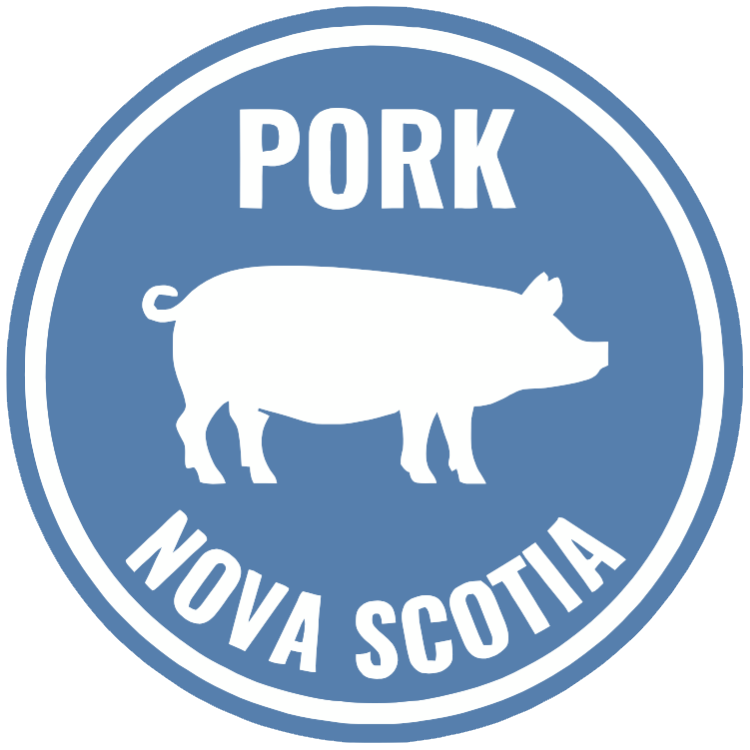Transportation Regulations
The Transportation Regulations for livestock were amended in Canada on February 20, 2020. Below are CFIA resources which highlight these changes:
Health of Animals Regulations: Part XII: Transport of Animals-Regulatory Amendment
Canada Transport Regulations
Timeline of Health of Animals Regulations
Livestock Transport in Canada Brochure
Canada Transport Regulations – Comparisons
Transport Reg eLearning ToolDraft Manifest
Livestock Manifest- FILLABLE
Transfer of Care and Record Keeping Fact Sheets
Records and Transfer of Care Comparison for Transporters
Manitoba Pork – “Changes to Transport Regulation” Video (35 minutes)
CPC Resources:
Health of Animals Regulations – Overview of Changes
Compromised and Unfit Pigs
African Swine Fever
For additional information, please contact: CFIA
Additional Resources:
Prairie Swine Centre – Small Sale Pig Farmers
Canadian Small-Scale Pig Farming Manual
African Swine Fever Resources
The National Swine Farm-Level Biosecurity Standard
Defining Biosecurity
Biosecurity is the term used to describe the measures and procedures needed to protect a population against the introduction and spread of pathogens. FAO/WB/OIE experts (2009) defined it as “the implementation of measures that reduce the risk of the introduction and spread of disease agents. It requires the adoption of attitudes and behaviours by people to reduce risk in all activities involving domestic, captive/exotic and wild animals and their products”.
A biosecurity plan can be implemented to attain three strategic objectives:
- Bio-exclusion or external biosecurity: policies developed to prevent the introduction of a new pathogen to pigs housed on livestock premises.
- Bio-management or internal biosecurity: a biosecurity strategy developed to reduce the spread of disease among pigs on premises already contaminated with a pathogen.
- Bio-containment: a biosecurity strategy developed to prevent the escape and spread of pathogens already present on pig premises in order to prevent spread to another population of animals.
